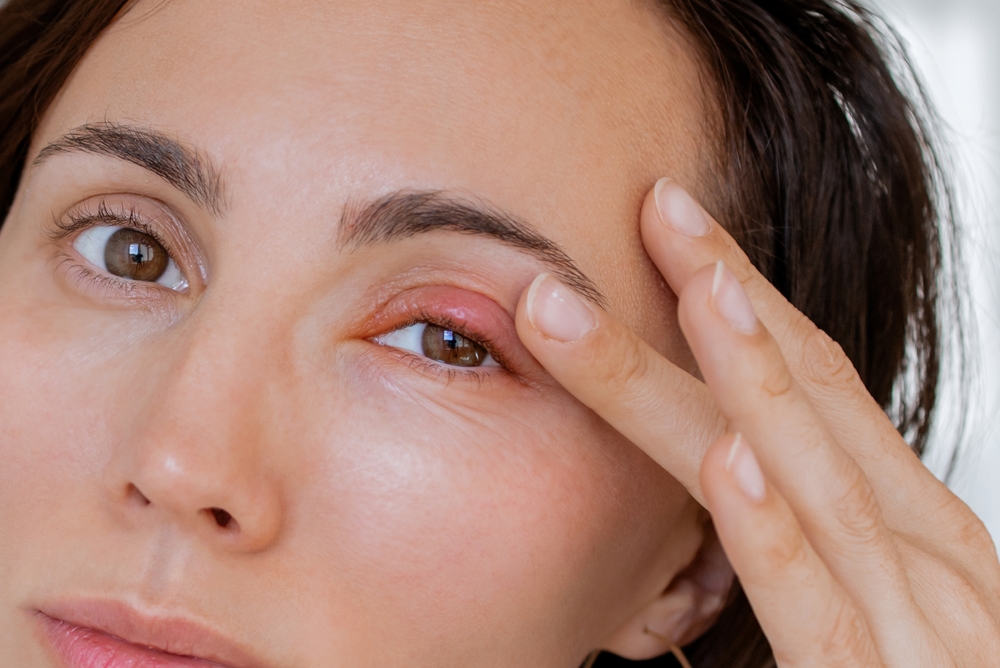
A chalazion is a common yet often misunderstood eyelid condition that can cause discomfort and visual disturbances. While it is typically harmless, a persistent chalazion may require professional treatment to prevent complications. Understanding its causes, symptoms, and available treatment options can help you manage this condition effectively and restore optimal eye health.
What Is a Chalazion?
A chalazion is a slow-growing, painless lump that forms on the eyelid due to a blocked meibomian gland. These glands produce the oil necessary for a stable tear film, and when they become clogged, inflammation and swelling can occur. Unlike a stye, which is usually caused by an infection and can be painful, a chalazion is a non-infectious lump that develops over time.
Common Causes of Chalazion
Several factors contribute to the formation of a chalazion, including:
• Meibomian Gland Dysfunction (MGD): When the meibomian glands do not secrete enough oil or become clogged, it increases the risk of chalazion formation.
• Chronic Blepharitis: This condition causes inflammation of the eyelids, leading to gland blockages.
• Poor Eyelid Hygiene: A buildup of debris, bacteria, or makeup residue can clog the oil glands.
• Skin Conditions: Rosacea and seborrheic dermatitis are associated with increased oil gland dysfunction, raising the likelihood of developing a chalazion.
Recognizing the Symptoms of Chalazion
The symptoms of a chalazion vary depending on its size and duration. Common signs include:
• A small, painless lump on the upper or lower eyelid
• Mild eyelid swelling or tenderness in the affected area
• Increased tearing or irritation
• Blurred vision if the lump presses against the eye
• Redness and slight discomfort, especially if it becomes inflamed
Effective Treatment Options for Chalazion
In many cases, a chalazion resolves on its own with warm compresses and gentle massage. However, when it persists or becomes problematic, professional treatments can accelerate healing and reduce recurrence.
Lid hygiene plays a crucial role in managing and preventing chalazion. The LidPro Eye Exfoliator is a deep-cleaning treatment that removes debris, bacteria, and oil buildup from the eyelids. By keeping the lid margins clean, this treatment helps reduce inflammation and improve meibomian gland function.
The MiBoFlo Thermoelectric device uses continuous heat therapy to gently warm the meibomian glands, helping to unclog blockages and restore natural oil flow. This treatment is particularly effective for patients with chronic MGD, a common cause of recurrent chalazion.
IPL therapy is a cutting-edge treatment that addresses underlying inflammation and stimulates healthy gland function. Originally used for skin conditions, IPL has proven to be highly effective in treating MGD-related eyelid issues, including recurrent chalazion.
For severe or persistent chalazion, corticosteroid injections may be recommended to reduce inflammation and promote faster resolution. If conservative treatments are ineffective, in-office surgery can be performed to drain or remove the chalazion, providing quick relief and preventing further complications.
Preventing Future Chalazion
To minimize the risk of developing a chalazion, consider the following preventive measures:
• Maintain good eyelid hygiene by cleansing your eyelids daily with a gentle cleanser or lid wipes.
• Use warm compresses regularly to keep the oil glands functioning properly.
• Avoid rubbing your eyes, which can introduce bacteria and increase irritation.
• Manage underlying conditions such as blepharitis or rosacea with professional care.
Contact Westchester Eyes Today
Chalazion can be a frustrating and recurring condition, but with proper management and advanced treatment options, relief is possible. If you are experiencing persistent eyelid lumps, discomfort, or vision disturbances, seeking professional care is essential.
At Westchester Eyes, we offer comprehensive chalazion treatments using the latest technology. Visit our office in White Plains, New York, or call (914) 567-4800 to schedule an appointment and receive personalized care to improve your eyelid health.








